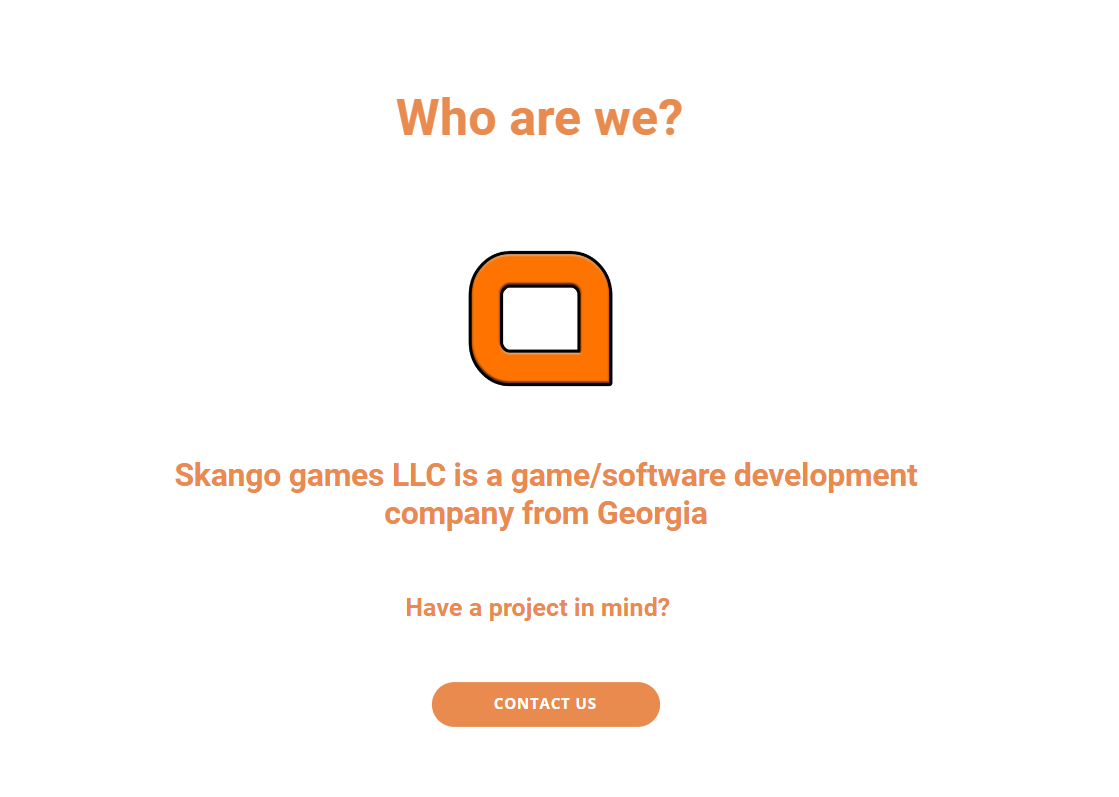SOLUTIONS
1. Scope Creep
. Clear Documentation: Begin with a detailed game design document (GDD) outlining core features, gameplay mechanics, and art style. Regularly revisit this document to ensure alignment.
. Feature Prioritization: Use methods like MoSCoW (Must-have, Should-have, Could-have, Won’t-have) to categorize features based on their importance.
. Change Control: Establish a formal process for evaluating new feature requests. Ask, “Does this enhance the player experience?” and “Can it be implemented within the current timeline and budget?” before approval.
2. Performance Optimization
.
Iterative Profiling: Regularly use profiling tools like Unity’s Profiler to identify bottlenecks.
.
Efficient Asset Management: Optimize 3D models, textures, and animations to reduce memory usage. Use Level of Detail (LOD) techniques to adjust asset quality based on distance.
. Code Optimization:
Refactor frequently used code to improve performance, and avoid resource-intensive processes like unnecessary real-time calculations.
. Platform-Specific Tweaks: Customize settings for each target platform to ensure the game runs smoothly, even on lower-end devices.
3. Multiplayer Networking
.
Reliable Frameworks:
Leverage existing networking frameworks like Photon or Mirror to save development time.
.
Latency Mitigation: Implement techniques like lag compensation and client-side prediction to improve responsiveness.
.
Stress Testing: Simulate large-scale player interactions in controlled environments to identify and resolve scaling issues.ns.
.
Regular Updates: Post-launch, monitor server performance and address player-reported issues promptly to maintain a healthy multiplayer experience.
4. Art and Animation Bottlenecks
.
Modular Design:
Build modular assets that can be reused across levels, reducing the need for unique art for every scene.
.
Procedural Animation: Use procedural systems for repetitive actions, like NPC movements, to reduce manual animation work.
.
Cross-Department Collaboration:
Foster collaboration between designers, artists, and developers early in the process to identify potential hurdles and streamline workflows.
.
Outsourcing
: For specialized art needs, consider outsourcing specific tasks to experienced vendors to avoid overburdening the internal team.
5. Player Feedback Integration
.
Early Playtesting:
Conduct frequent playtests with diverse groups of players to gather actionable feedback.
.
Community Engagement: Use forums, social media, and Discord to engage with the player base and identify recurring concerns.
.
Data-Driven Decisions: Analyze gameplay metrics to supplement qualitative feedback and prioritize changes that benefit the majority.
. Transparent Communication:
Keep players informed about upcoming updates and why certain feedback may not be implemented, fostering trust and understanding.
 CONTACT US
CONTACT US